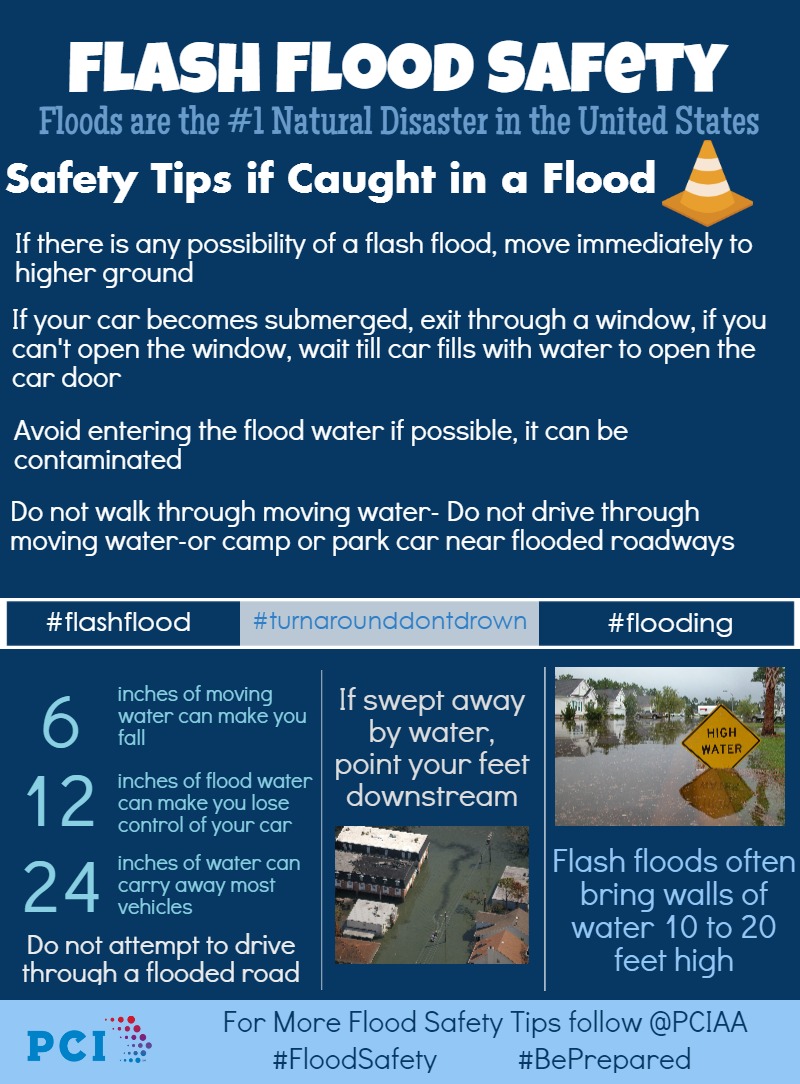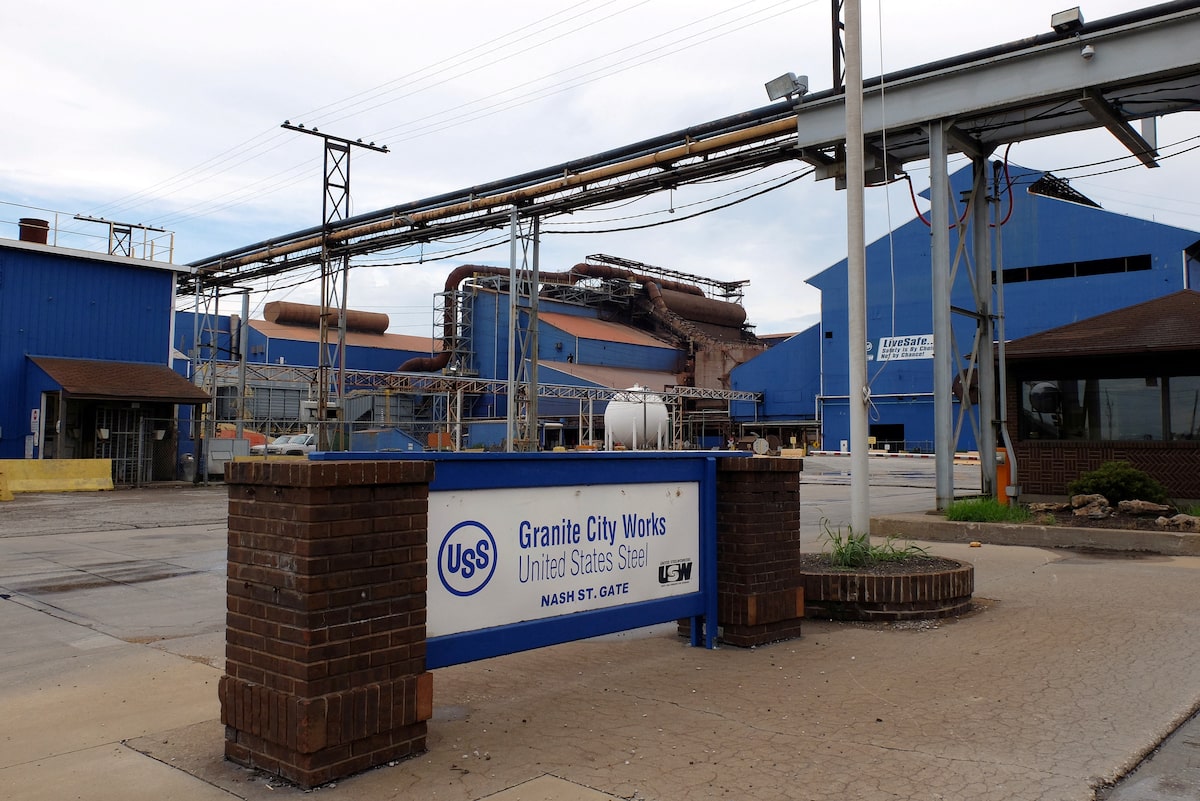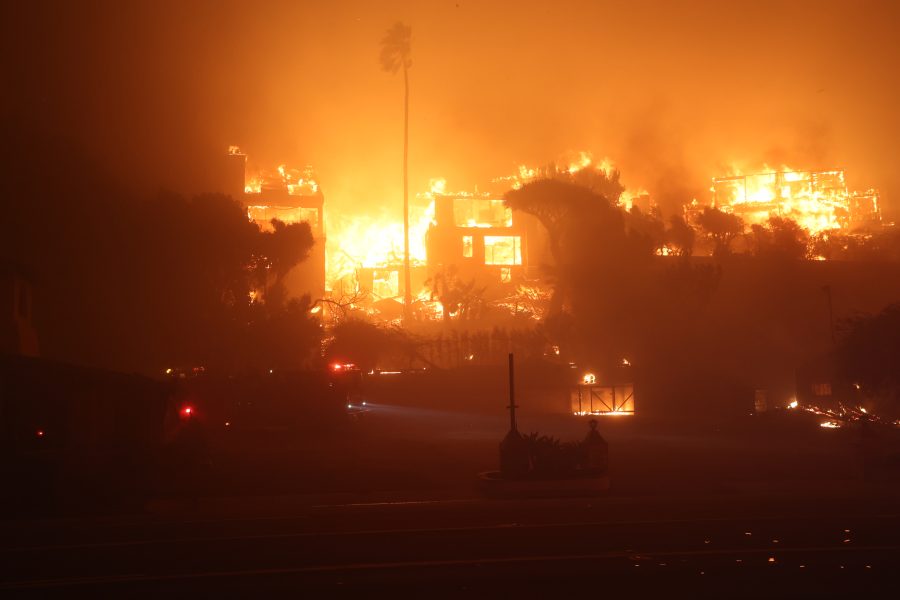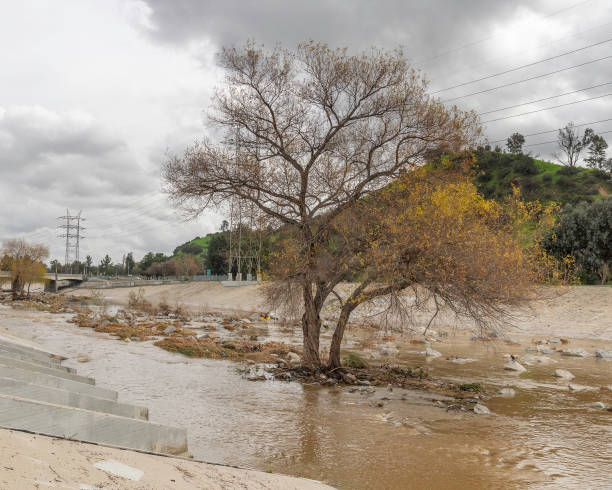What Is A Flash Flood Emergency? Definition, Causes, And Prevention

Table of Contents
Defining a Flash Flood Emergency
What constitutes a flash flood?
Flash floods are a sudden, rapid, and intense rise in water levels within a short period, often with little to no warning. Unlike regular floods, which may develop slowly over days or weeks, flash floods are characterized by their speed and overwhelming force. This rapid inundation of water can cause significant damage and pose an immediate threat to life and property. Key characteristics include:
- Rapidly rising water: Water levels can increase dramatically in a matter of minutes, leaving little time for escape.
- Short duration, but intense: While the flooding itself might not last for an extended period, the intensity of the water flow is incredibly powerful.
- Little to no warning: The sudden nature of flash floods often means there is minimal time for evacuation or preparation.
- Potential for significant damage: Flash floods can cause widespread destruction, including property damage, infrastructure collapse, and loss of life.
- Examples of flash flood scenarios: Flash floods are common in mountainous regions due to steep slopes and concentrated runoff, and in urban areas with inadequate drainage systems where pavement prevents water absorption.
Flash Flood Warning Systems
Staying informed is crucial during periods of heavy rainfall or other potential flash flood triggers. Various warning systems are in place to alert the public:
- Flash Flood Watch: This indicates conditions are favorable for flash flooding to develop. Be prepared to take action.
- Flash Flood Warning: This means a flash flood is happening or is imminent. Take immediate action to protect yourself and your property.
- Emergency Alert System (EAS): This system delivers urgent alerts, including flash flood warnings, through television and radio broadcasts.
- Wireless Emergency Alerts (WEA): These are text-based alerts sent directly to your mobile phone, providing immediate warnings. Ensure your phone is set up to receive these alerts.
- Social media and local news: Many official sources provide real-time updates on weather conditions and flood warnings. Follow reliable sources for the latest information.
Heeding official warnings is paramount; evacuating when instructed is vital to your safety.
Causes of Flash Flood Emergencies
Intense Rainfall
Intense rainfall is the most common cause of flash floods. Heavy downpours in a short period overwhelm drainage systems, causing water to accumulate rapidly. Key factors include:
- The role of thunderstorms and monsoons: These weather systems can deliver exceptionally high amounts of rain in a very short time.
- Impact of urbanization on flash flood risk: Urban areas with extensive paved surfaces and limited green spaces increase runoff, making them more susceptible to flash floods. Impervious surfaces prevent water absorption, leading to rapid accumulation.
- Examples of geographic areas prone to flash floods: Areas with steep slopes, poor drainage, and intense rainfall are particularly at risk.
Dam or Levee Failures
The catastrophic failure of a dam or levee can trigger devastating flash floods downstream. This is usually due to:
- Dam breach: Breaches in dam structures release massive volumes of water instantaneously.
- Levee failure: Overtopping or erosion of levees can lead to widespread flooding in protected areas.
- Consequences of dam failures: These failures can cause widespread devastation, including loss of life, property damage, and significant disruption to infrastructure.
- Importance of regular dam maintenance: Regular inspections and maintenance are vital to ensure the structural integrity of dams and levees.
- Role of human error and natural disasters: Both human error and extreme natural events can contribute to dam or levee failures.
Rapid Snowmelt
In mountainous regions, rapid snowmelt, especially during the spring thaw, can lead to significant flash flooding. Factors influencing the speed of snowmelt include:
- Snowmelt runoff: The rapid melting of accumulated snow can create huge volumes of runoff.
- Spring thaw: Sudden temperature increases accelerate the melting process.
- Mountainous regions: Steep slopes in mountainous areas channel the melted snow rapidly into rivers and streams, overwhelming their capacity.
- Geographic regions most at risk from snowmelt flash floods: High-altitude regions with significant snowpack are particularly vulnerable.
Prevention and Preparedness for Flash Flood Emergencies
Personal Preparedness
Taking proactive steps to prepare for flash floods is essential for your safety and the safety of your family. This includes:
- Creating an emergency preparedness plan: Develop a detailed plan that outlines evacuation routes, communication strategies, and assembly points.
- Building an emergency supply kit: Gather essential supplies such as food, water, first-aid kit, medications, flashlights, and batteries.
- Knowing evacuation routes: Familiarize yourself with multiple evacuation routes and have a designated meeting place.
- Securing your home against flood damage: Take measures to protect your property, such as moving valuables to higher ground and installing flood barriers.
- Flood insurance: Consider purchasing flood insurance, as it is often not included in standard homeowners' insurance policies.
Community Level Prevention
Community-level efforts play a crucial role in mitigating flash flood risks:
- Improving drainage systems: Investing in improved drainage infrastructure is vital to handle increased water runoff.
- Implementing land-use planning regulations: Restricting development in flood-prone areas and promoting sustainable land management practices can reduce risk.
- Investing in early warning systems: Robust warning systems, including sirens, mobile alerts, and community outreach programs, ensure timely warnings.
- Community education and outreach programs: Educating the public about flash flood risks and safety measures is critical.
Conclusion
Flash flood emergencies are sudden, intense, and potentially devastating events caused by heavy rainfall, dam failures, or rapid snowmelt. Understanding the risks and implementing effective prevention strategies, both at personal and community levels, is crucial for minimizing harm. Remember to heed official warnings, develop a personal emergency plan, and stay informed about weather conditions.
Don't wait for a flash flood emergency to strike; prepare today! Learn more about flash flood safety in your area and create your personalized plan. Consult your local government's emergency management office and the National Weather Service for additional resources and information.

Featured Posts
-
 Tseremoniya Nagrazhdeniya 47 Go Mmkf V Moskve
May 26, 2025
Tseremoniya Nagrazhdeniya 47 Go Mmkf V Moskve
May 26, 2025 -
 Live Streaming Moto Gp Inggris 2025 Trans7 Spotv And Hasil Terbaru
May 26, 2025
Live Streaming Moto Gp Inggris 2025 Trans7 Spotv And Hasil Terbaru
May 26, 2025 -
 Nippon Steel U S Steel Merger Receives Trump Administration Approval
May 26, 2025
Nippon Steel U S Steel Merger Receives Trump Administration Approval
May 26, 2025 -
 Los Angeles Palisades Fire Confirmed Celebrity Home Losses
May 26, 2025
Los Angeles Palisades Fire Confirmed Celebrity Home Losses
May 26, 2025 -
 Los Angeles Wildfires And The Disturbing Reality Of Disaster Betting Markets
May 26, 2025
Los Angeles Wildfires And The Disturbing Reality Of Disaster Betting Markets
May 26, 2025
